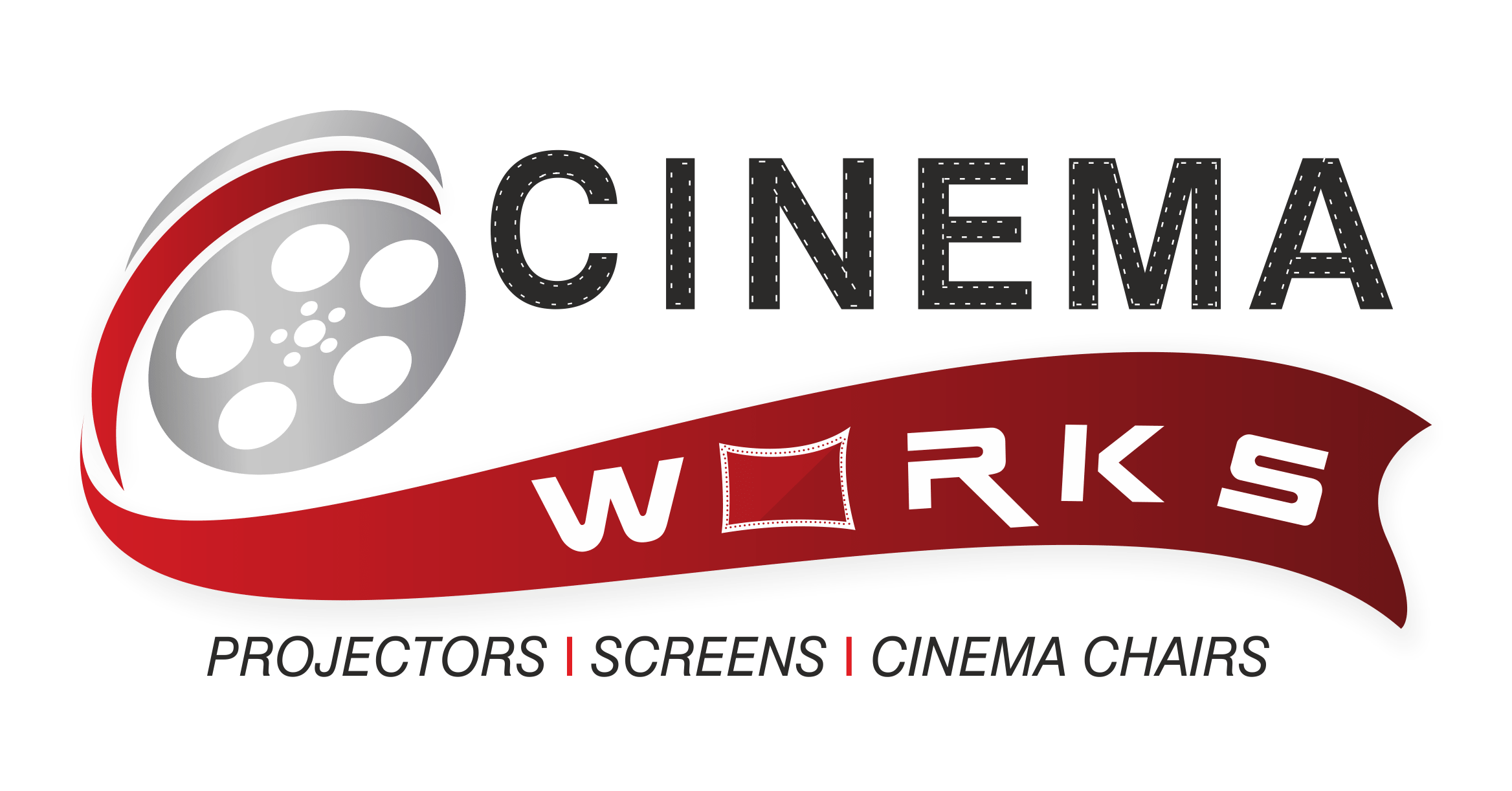MicroLED Cinemas: A 2028 ROI Deep Dive for Independent Theaters
Understanding the MicroLED Advantage
The cinema landscape is evolving rapidly. While laser projection holds a significant market share, MicroLED technology is emerging as a serious contender, particularly for independent theaters seeking a competitive edge. Offering superior picture quality, enhanced energy efficiency, and a longer lifespan than traditional projection systems, MicroLED presents a compelling investment opportunity. But is it financially viable for independent cinemas in 2028? This deep dive explores the potential return on investment (ROI) for independent theaters considering a MicroLED upgrade.
Projected Costs: A Realistic Breakdown
The initial investment in MicroLED cinema technology is undeniably substantial. Factors influencing the total cost include screen size, resolution, required infrastructure upgrades (including power and cooling systems), installation fees, and ongoing maintenance contracts. A detailed cost analysis, tailored to your specific theater size and requirements, is crucial. Seek multiple quotes from reputable vendors to secure competitive pricing. Consider factoring in potential government incentives or grants available for technological upgrades in your region.
Revenue Generation: Maximizing MicroLED’s Appeal
The superior visual experience offered by MicroLED can translate directly into increased revenue streams. Higher-quality visuals attract a broader audience, justifying premium ticket pricing. Market your cinema’s MicroLED capabilities effectively, highlighting the enhanced viewing experience – improved color accuracy, higher contrast ratio, and wider viewing angles – to entice viewers and command higher prices. Consider strategic partnerships with film distributors to showcase high-dynamic-range (HDR) content optimally suited for MicroLED displays. Explore alternative revenue streams, such as hosting special events utilizing the superior visual capabilities for enhanced impact.
Operational Efficiency and Long-Term Savings
MicroLED technology boasts significantly lower running costs compared to traditional projection systems. Lower energy consumption translates into substantial savings on electricity bills over the system’s lifespan. Furthermore, the extended lifespan of MicroLED displays minimizes the need for frequent lamp replacements, reducing maintenance expenses significantly. This long-term cost efficiency contributes substantially to the overall ROI.
Risk Mitigation and Financial Modeling
Before committing to a MicroLED upgrade, undertake a comprehensive financial model. This model should incorporate all projected costs, including initial investment, maintenance, and energy consumption. Simultaneously, project potential revenue increases based on ticket sales, premium pricing strategies, and ancillary revenue streams. Sensitivity analysis should be performed to account for potential variations in attendance, operating costs, and technological advancements. Exploring financing options, such as leasing or secured loans, can mitigate initial capital expenditure risks.
Competitive Advantage in a Changing Market
Independent theaters often compete with larger chains boasting advanced technology. Investing in MicroLED technology positions your cinema as a technologically advanced venue, offering a superior viewing experience that rivals larger competitors. This competitive advantage can attract a more discerning audience, driving sustained growth and profitability.
Conclusion: A Strategic Investment for 2028 and Beyond
While the initial investment in MicroLED technology is significant, the potential for long-term ROI is compelling for independent theaters. By carefully assessing the projected costs, maximizing revenue generation opportunities, and mitigating risks through thorough financial planning, independent cinemas can leverage MicroLED to thrive in the evolving entertainment landscape. A well-executed strategy makes MicroLED a strategic investment for 2028 and beyond, securing a competitive edge and ensuring long-term success.
